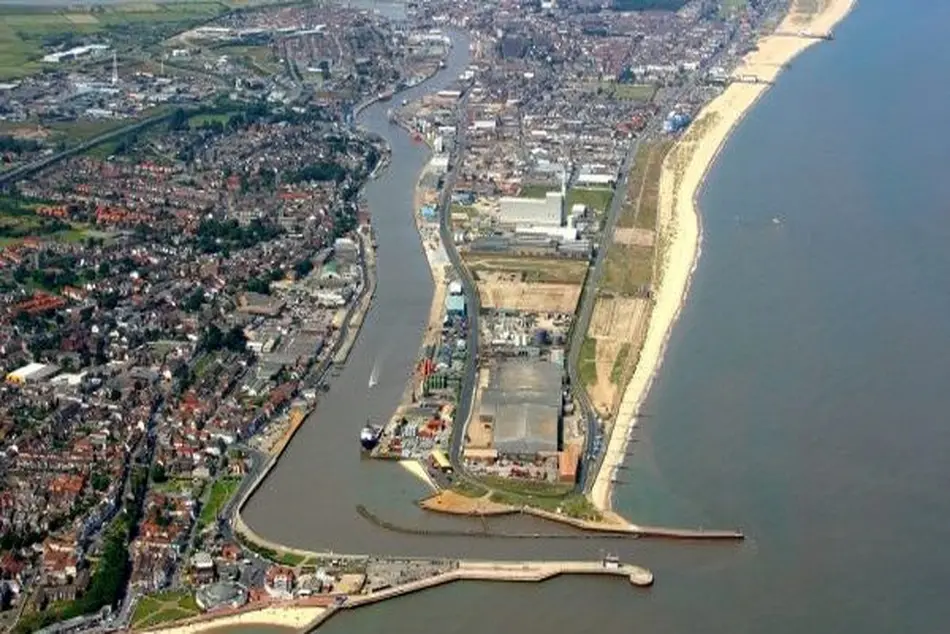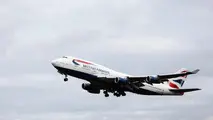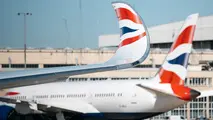British Airways: Third Runway At Heathrow Could Reshape Route Strategy
British Airways (BA) sees the long-debated third runway at London Heathrow Airport (LHR) as a development that could transform the airline’s network strategy, according to Neil Chernoff, the airline’s chief planning and strategy officer.

British Airways (BA) sees the long-debated third runway at London Heathrow Airport (LHR) as a development that could transform the airline’s network strategy, according to Neil Chernoff, the airline’s chief planning and strategy officer.
Speaking at Routes Americas 2025 in Nassau, Bahamas, Chernoff outlined how LHR’s current capacity constraints limit the Oneworld alliance member’s ability to optimize its operations, forcing the airline to operate a “rolling hub” rather than the more traditional hub-and-spoke model.
The full interview with Neil Chernoff, chief planning and strategy officer at British Airways, can be heard on this week’s episode of Aviation Week’s Window Seat podcast.
“A third runway could ultimately reshape how we design our network,” he told delegates. “Most carriers around the world, particularly large airlines like British Airways, run a hub-and-spoke model. You have lots of aircraft arriving, all the passengers move around, connect and then all the aircraft depart. You can’t do that within Heathrow. It’s a very constrained operation.”
With only two runways and no dual operations—where one is always used for arrivals and the other for departures—BA’s ability to optimize connectivity is more limited.
“If you look at most airlines, you get waves that build throughout the day,” Chernoff said. “But if you look at BA and Heathrow, we just run a constant operation throughout the day, with aircraft arriving and departing nonstop. As a result, it makes it more difficult to build connectivity.”
Chernoff emphasized that a third runway would therefore allow British Airways to rethink how it structures its network and schedule.
“It works for us because London is a very large point-to-point market, so we’re less dependent on generating connectivity from other European points,” he said. “But if we had more capacity, we could better structure our arrivals and departures, allowing us to improve connections and expand our network.”
Chernoff also pointed to the operational difficulties of LHR’s current infrastructure. “We have to fit our entire schedule into the slot portfolio that we have,” he said. “There are no additional slots available at Heathrow.”
In January, the UK government endorsed plans for a third runway, announcing it would seek proposals from the airport by summer. The project has long been recognized as important for future growth, but progress has been stalled for decades due to political debates, local resistance and environmental concerns.
Luis Gallego, CEO of BA’s parent International Airlines Group, has voiced conditional support but emphasized that significant changes to the airport’s regulatory framework must occur before the company can fully endorse the project.


